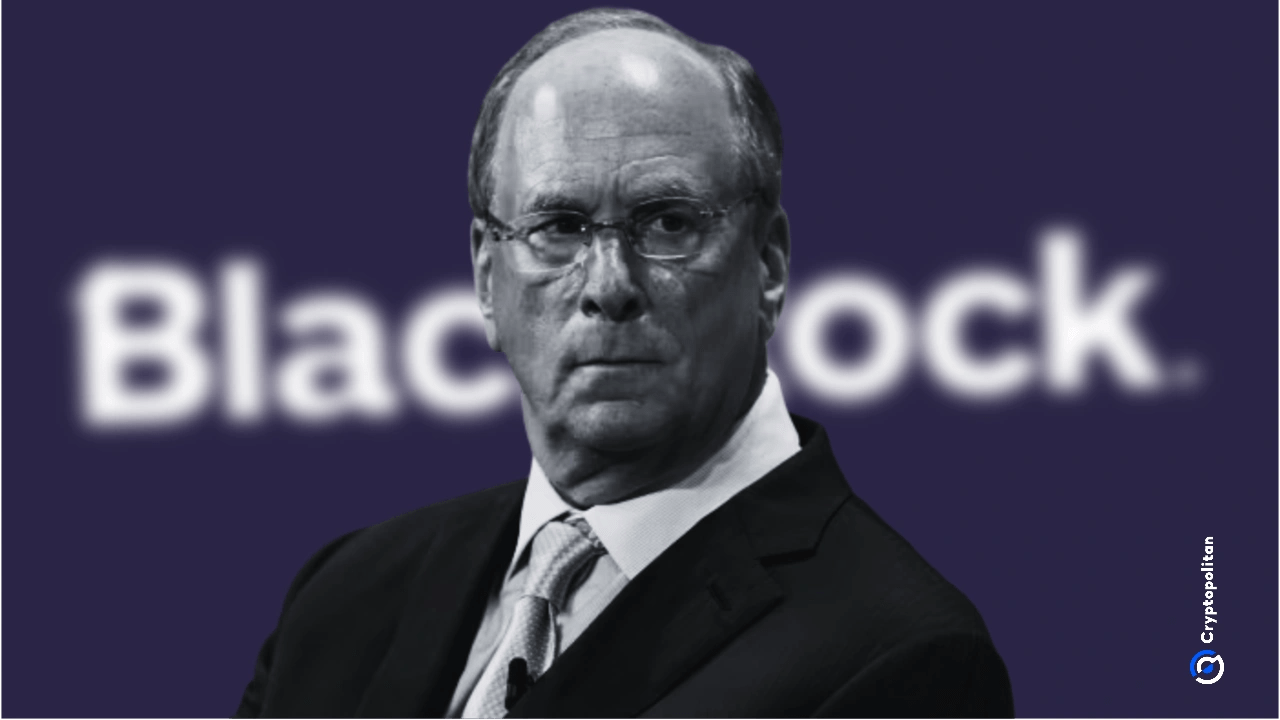Essential UK Stablecoin Regulations Align with US Approach – What You Need to Know
BitcoinWorld
Essential UK Stablecoin Regulations Align with US Approach – What You Need to Know
Are you wondering how the UK’s new stablecoin regulations will affect your cryptocurrency activities? The Bank of England just announced that their approach to stablecoin regulations will closely mirror the United States’ framework. This crucial development signals a coordinated global effort to bring stability and security to the digital asset space.
What Do the New Stablecoin Regulations Mean for You?
According to Deputy Governor Sarah Breeden, the Bank of England plans to implement specific holding limits as part of their stablecoin regulations. These limits include temporary caps of £20,000 for individual users and £10 million for corporations. This approach ensures that the UK’s stablecoin regulations maintain consistency with international standards while protecting consumers.
The alignment of stablecoin regulations between the UK and US represents a significant step toward global cryptocurrency standardization. Moreover, this coordinated effort helps prevent regulatory arbitrage and creates a more predictable environment for businesses operating in both markets.
Why Are Stablecoin Regulations So Important?
Stablecoin regulations serve multiple critical purposes in the cryptocurrency ecosystem. First, they provide consumer protection against potential market manipulation and fraud. Second, they establish clear guidelines for businesses operating in this space. Finally, proper stablecoin regulations help maintain financial stability by ensuring these digital assets don’t pose systemic risks.
- Consumer Protection: Limits prevent excessive exposure to single assets
- Market Confidence: Clear rules encourage institutional participation
- Financial Stability: Prevents systemic risks from unregulated growth
- International Cooperation: Aligned approaches reduce regulatory conflicts
How Will These Stablecoin Regulations Impact the Market?
The implementation of these stablecoin regulations will likely have immediate effects on how users and businesses interact with digital assets. The £20,000 individual limit means retail investors must diversify their stablecoin holdings across multiple providers or assets. Similarly, the £10 million corporate cap requires larger entities to implement sophisticated treasury management strategies.
These stablecoin regulations also create opportunities for innovation in custody solutions and risk management tools. Financial technology companies can develop products that help users comply with the new requirements while maximizing their operational efficiency within the regulatory framework.
What Challenges Do Stablecoin Regulations Present?
While the alignment of stablecoin regulations between the UK and US provides clarity, it also introduces certain challenges. Market participants must adapt to new compliance requirements and reporting standards. Additionally, the temporary nature of the holding limits means businesses need flexible systems that can accommodate future regulatory changes.
However, the benefits of having clear stablecoin regulations outweigh these transitional challenges. The framework provides much-needed certainty for investors and businesses alike, potentially accelerating mainstream adoption of digital assets.
Key Takeaways from the New Stablecoin Regulations
The Bank of England’s announcement about stablecoin regulations marks a pivotal moment for the cryptocurrency industry. By aligning with US approaches, the UK demonstrates its commitment to fostering a secure and innovative digital asset ecosystem. These stablecoin regulations balance innovation with necessary safeguards, creating a foundation for sustainable growth.
As these stablecoin regulations take effect, market participants should prepare for increased compliance requirements while recognizing the long-term benefits of regulatory clarity. The coordinated approach between major financial centers sets a positive precedent for global cryptocurrency regulation.
Frequently Asked Questions
When will the new stablecoin regulations take effect?
The Bank of England hasn’t announced a specific implementation date, but the framework is expected to be introduced in the coming months following further consultation with industry stakeholders.
How do the UK stablecoin regulations compare to other countries?
The UK’s approach closely mirrors US regulations, creating alignment between two major financial markets. This coordination helps prevent regulatory fragmentation and supports global cryptocurrency adoption.
Can individuals hold more than £20,000 in stablecoins?
The £20,000 limit applies per individual user per service provider. Users can potentially hold additional stablecoins with different regulated providers, though they should monitor their overall exposure.
Will these regulations affect existing stablecoin holdings?
Existing holdings will likely need to comply with the new limits once the regulations take effect. Users should prepare to adjust their portfolios accordingly during any transition period.
Do these regulations apply to all types of stablecoins?
The framework primarily targets fiat-backed stablecoins, which maintain reserves in traditional currencies. Other types of stablecoins may face different regulatory treatment based on their underlying structures.
How will enforcement of these regulations work?
The Bank of England and Financial Conduct Authority will jointly oversee compliance, with authorized firms required to implement systems that ensure adherence to the holding limits and other requirements.
Found this analysis of stablecoin regulations helpful? Share this article with your network on social media to help others understand these important regulatory developments. Your shares help spread valuable information throughout the cryptocurrency community.
To learn more about the latest cryptocurrency trends, explore our article on key developments shaping digital assets institutional adoption.
This post Essential UK Stablecoin Regulations Align with US Approach – What You Need to Know first appeared on BitcoinWorld.
You May Also Like

BlackRock boosts AI and US equity exposure in $185 billion models

Pepe Coin Price Today: PEPE Holders Watch Out As Layer Brett Takes Centre Stage As The Best Meme Coin To Buy

